Definitions of Movement
Movement is medicine…
Movement Definitions
The terms movement, physical activity and exercise are often used interchangeably, but there are subtle differences between them that we need to consider. Here are some definitions and terms listed based around movement and fitness.
Aerobic (Cardio/Cardiovascular) Exercise
— aerobic exercise is an exercise of low-to-medium intensity that depends primarily on the use of oxygen via the heart and lungs to meet energy demands via aerobic metabolism. Examples include walking, running and cycling. If energy requirements exceed the oxygen demands, then anaerobic (do not require oxygen) pathways are utilised.
Compound Movement
Exercise
— is a subset of physical activity that usually comprises planned, structured and repetitive movement that one engages in for the pursuit of developing or maintaining physical fitness and health.
Fitness
— is the ability to perform daily, recreational and extraordinary physical tasks efficiently and effectively.
HIIPA
— “High-Intensity, Incidental Physical Activity” activities such as brisk walk up the stairs or brief exercise snacks based around daily tasks.
HIIT
— “High-Intensity, Interval Training” exercise activities that work at short intervals of high-intensities with intermittent rest for brief periods.
Incidental Movement
— is any activity that is part of one’s day that is not done with the purpose of health or fitness and requires no major demands on discretionary time.
LISS
— “Low-Intensity, Steady-State” exercise, physical activities such as a gentle stroll for lengthy periods of time.
Moderate-Intensity Physical Activity/Exercise
— These activities generally burn 3-6 times as much energy as when sitting. Examples include a very brisk walk, sporting activities such as bicycling at light effort (10-12 mph / 16-19 km/h) recreational badminton or doubles tennis and housework activities such as brushing, washing windows, mowing the lawn, vacuuming and mopping.
Moderate activity raises the heart rate, makes you breathe faster and you begin to sweat. It is difficult to sing at this level of intensity.
Movement
— is the process of any change in the position of the body (or a body part) in space, ranging from the ever-so-slight, such as the involuntary blink of an eye, to the most strenuous of vigorous whole-body activities, like sprinting.
NEAT
— “Non-Exercise Activity Thermogenesis “ , the energy expenditure of all physical activities other than sleeping, exercise or sport.
Physical Activity
— is any bodily movement produced by skeletal muscle that results in energy expenditure, which is beyond that of the body at rest; this could include activities such as, walking, gardening or climbing stairs.
Physical Inactivity
— a type of lifestyle with a lack of physical activity, defined by the World Health Organisation (WHO) as less than 150 minutes of moderate physical activity per week. Physical inactivity has been identified as the fourth leading risk factor for mortality globally, 6% of all deaths.
Proprioception
— the body’s ability to recognize where its joints and limbs are located in relation to its environment.
Resistance (Strength)
— a form of exercise that improves muscular strength and endurance. Resistance training involves moving your limbs against resistance provided by your body or additional weight. Examples include air squats, push-ups, bear jacks, piggy-back carries.
Sedentary Lifestyle
— a type of lifestyle with little or no physical activity, AND/OR lots of sitting-time, it can contribute to ill health and many preventable causes of death.
Training
— is exercise performed to satisfy a long-term performance or skill goal, which is planned and structured.
Vigorous-Intensity Physical Activity/Exercise
— These activities generally burn more than six times as much energy as when sitting. Examples include hiking, running at a 6 mph (10km/h) pace or bicycling at 14-16 mph (22-25 km/h), and sporting activities such as recreational basketball, football, singles tennis. Vigorous activity makes you breathe hard and fast. It is difficult to say a few words without pausing for breath.
Weight-Bearing Activity
— Any type of physical activity or exercise which forces your musculoskeletal system to support an increased amount of weight for a given period of time. It can occur from the effects of gravity or additional force. Such as when your foot strikes the floor with each sprinting stride. Bones get stronger as the bone cells lay down more and more bone mass.






